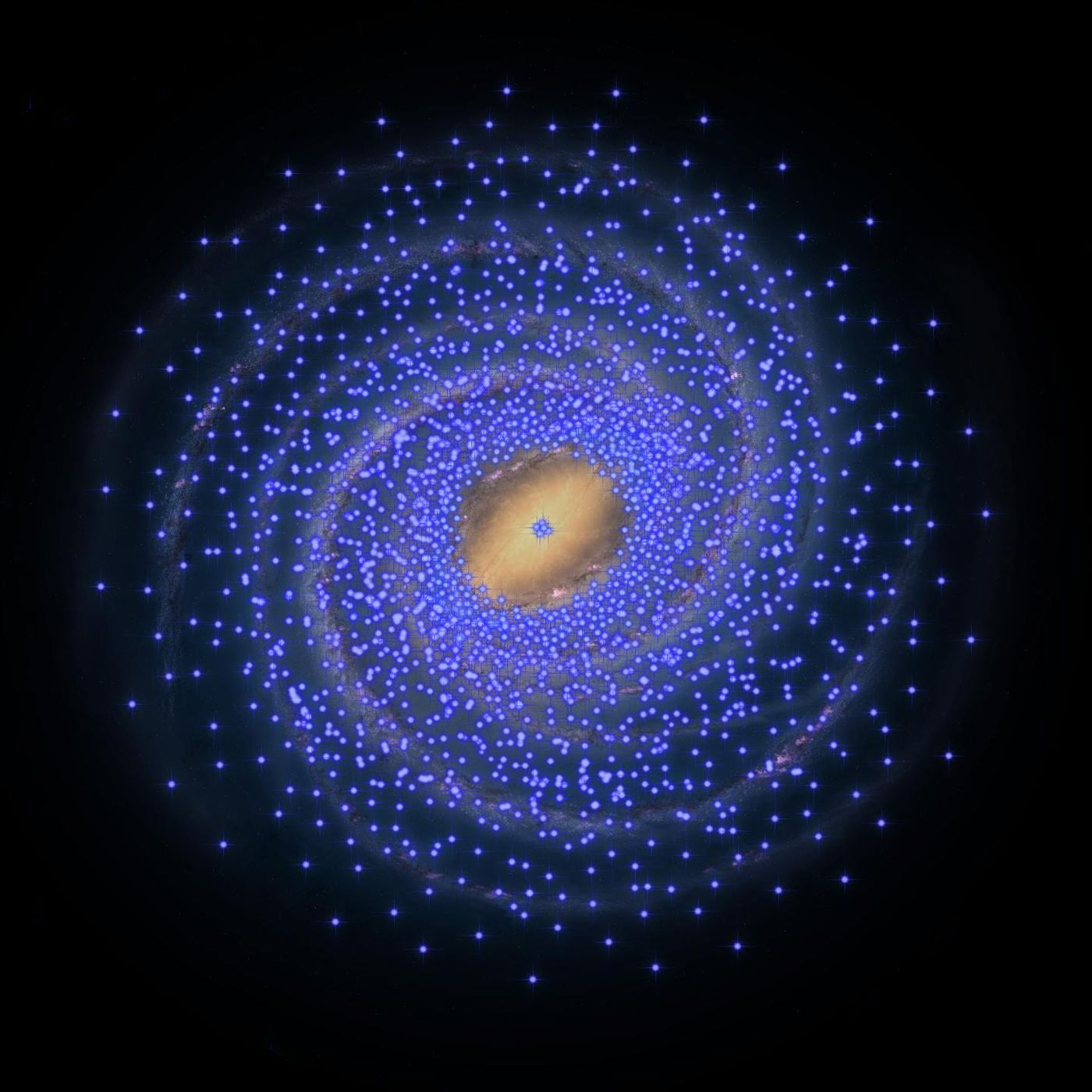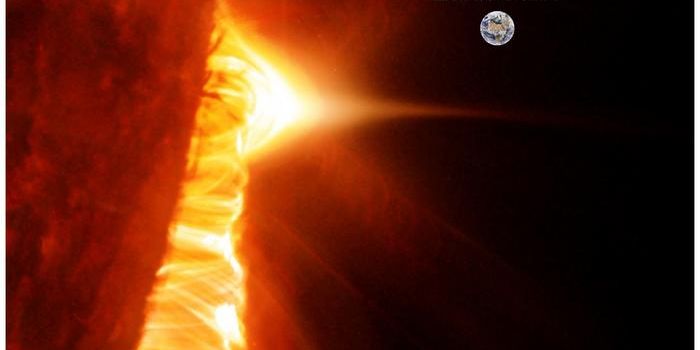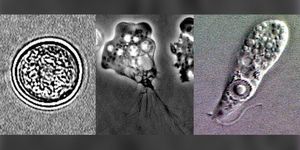Is the Center of the Milky Way Getting Tired of Making New Stars?
Our Milky Way galaxy is a spiraling disk of dust, stars, and other rubble that has formed together over billions of years to create planets, asteroids, comets, and various other spatial bodies that we know about today.
Stars are some of the most essential, as they make life possible, and understanding how they are created plays an instrumental role in understanding how our galaxy was formed.
One of the areas of interest where we can learn more about the formation of stars is the center of our galaxy, which scientists believe has been a major source of the stars that have formed throughout our galaxy.

Image Credit: The University of Tokyo
By observing a special type of pulsating star, known as a Cepheid, in the near-infrared light spectrum (to pierce though dust and other matter that gets in the way of line of sight), scientists are able to measure the distance from Earth to the star.
The special pulsating quality of these kinds of stars makes it easier to determine the distance that the light is coming from because they pulsate in a regular pattern. It all comes down to some math.
While studying these stars, scientists came across the discovery that the Extreme Inner Disk of our galaxy has been a lot more dormant than expected. The findings have been published online in the Monthly Notices of the Royal Astronomical Society and it seems as though star production has slowed down dramatically because they had a hard time finding any Cepheids there.
"We already found some while ago that there are Cepheids in the central heart of our Milky Way (in a region about 150 light years in radius). Now we find that outside this there is a huge Cepheid desert extending out to 8000 light years from the center,” said lead author Noriyuki Matsunaga.
“Our conclusions are contrary to other recent work, but in line with the work of radio astronomers who see no new stars being born in this desert,” co-author Michael Feast said.
Another co-author, Giuseppe Bono, said, “The current results indicate that there has been no significant star formation in this large region over hundreds of millions years. The movement and the chemical composition of the new Cepheids are helping us to better understand the formation and evolution of the Milky Way."
So is our galaxy exhibiting signs of slower star production? The study certainly seems to point in that direction. On the other hand, it’s really hard to come to conclusions too quickly without better understanding what’s going on.
This discovery comes off as somewhat of a shock to astronomers, as it goes against what we understand about the Milky Way galaxy. It will require a lot more research to understand.
Source: EurekAlert via International Business Times








